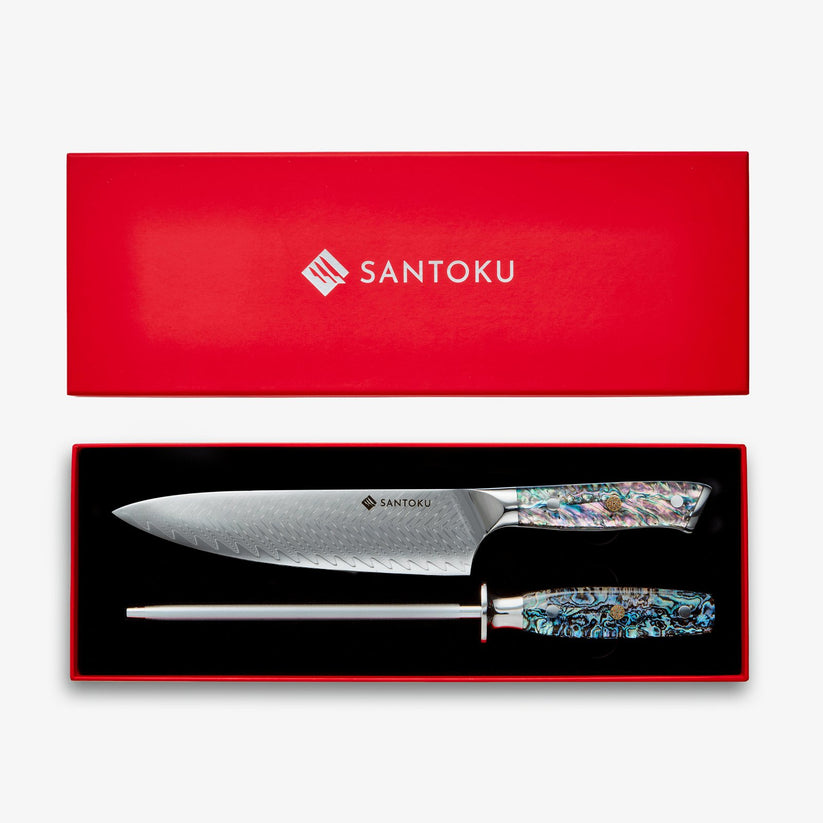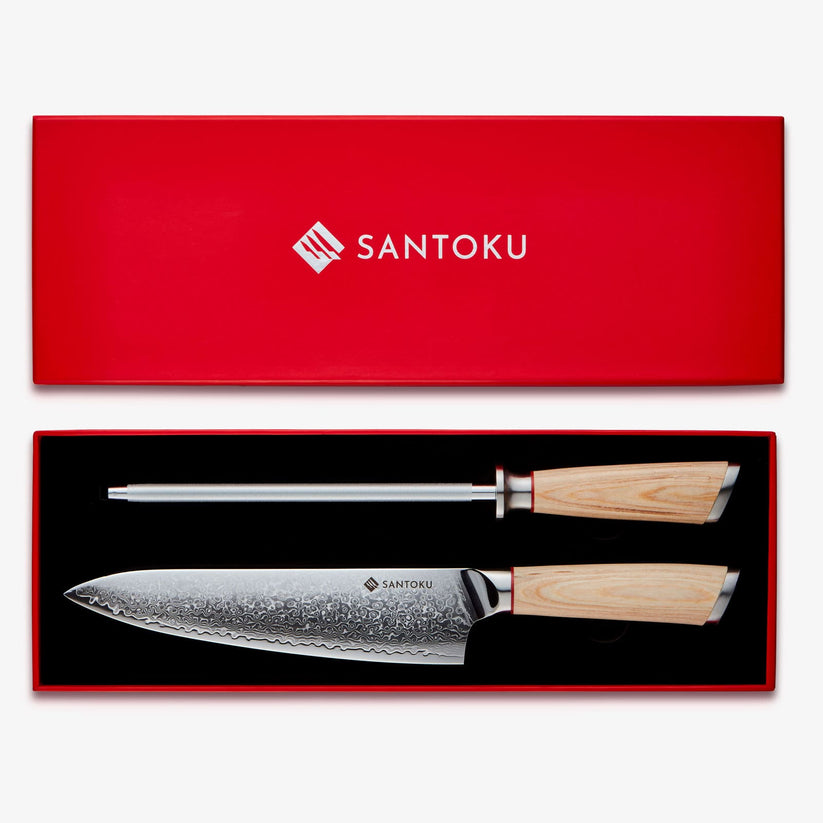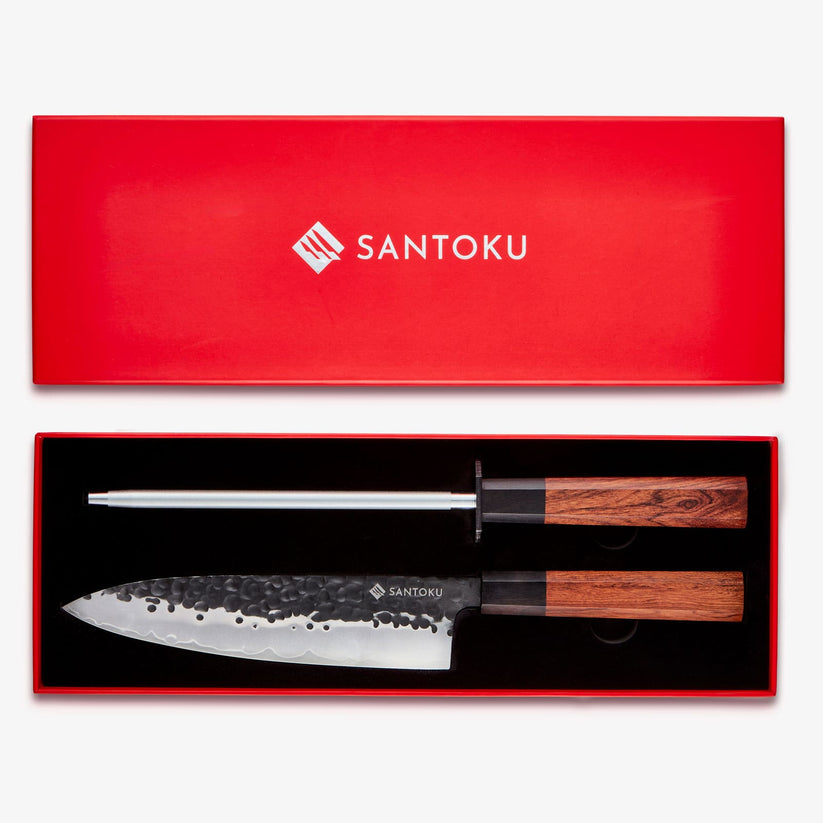
Tips for Perfect Wild Garlic Pesto Pasta
-
Rinse wild garlic well to remove forest debris.
-
Blanch leaves briefly for milder flavour (optional).
-
Toast pine nuts for added depth and aroma.
-
Use high-quality olive oil — it makes a difference.
-
Blend pesto to your preferred texture — chunky or smooth.
-
Don’t overcook pasta; al dente holds sauce better.
-
Stir in pasta water gradually to loosen the sauce.
-
Add crème fraîche or cream for extra richness.
-
Top with extra cheese and nuts for texture.
-
Store leftover pesto in the fridge with a layer of oil on top.
Serve It With Suggestions
-
Rocket or arugula salad with lemon dressing
-
Garlic focaccia or crusty sourdough
-
Grilled asparagus or courgette ribbons
-
A glass of crisp Sauvignon Blanc
-
Poached eggs on top for a protein boost
-
Roasted cherry tomatoes
-
Chilled sparkling water with lemon
-
Freshly grated lemon zest
-
Extra wild garlic leaves, finely chopped
-
Parmesan crisps or shavings
FAQ's
Q: Can I use wild garlic raw in pesto?
A: Yes — its flavour is bold but smooth enough to use raw.
Q: What if I can’t find wild garlic?
A: Try a mix of spinach and garlic chives as a substitute.
Q: Is this recipe vegetarian?
A: Yes — use vegetarian Parmesan if strict.
Q: Can I freeze wild garlic pesto?
A: Absolutely — portion into ice cube trays and freeze for later use.
Q: How long does wild garlic pesto last in the fridge?
A: Up to 5 days, covered and topped with a thin layer of oil.
Q: Is wild garlic the same as garlic chives?
A: No — they’re different plants but have a similar garlicky taste.
Q: Can I use nuts other than pine nuts?
A: Yes — try walnuts, almonds, or sunflower seeds.
Q: Can I make this vegan?
A: Use plant-based cream and vegan hard cheese.
Q: Should I cook the wild garlic first?
A: It’s optional — raw keeps the flavour stronger and greener.
Q: Is wild garlic safe to eat raw?
A: Yes — just ensure it’s properly cleaned and foraged responsibly.







